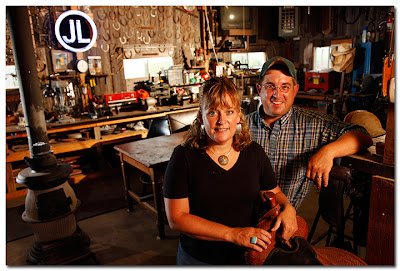Every time I see a bowling alley, I get a little nostalgic. Not because I can say I owned my own bowling ball and shoes. (I did) Or that I took bowling as one of my PE requirements in college. (an easy A) But more about a particular holiday season many moons ago in Augusta, GA.
One year for Christmas, the company I was working for gave its employees the choice of a frozen turkey, ham or a folding golf chair as our Christmas bonus. Most of us being single, and used to cooking our meals in a microwave, opted for the chair.
But some chose the turkey. These were obviously the very few of us that actually possessed real culinary skills.
And what better way to spend the holidays than with friends and little frozen turkey bowling?
In the spirit of the holiday season, and to take advantage of our recently acquired frozen butterballs, we held a very festive holiday party, complete with friendly games of frozen turkey bowling.
A couple of my coworkers had the perfect apartment to host our league. They had a long hallway with hardwood floors that ran the length of their apartment. Someone bought a plastic bowling set from the toy store and we were in business.
We didn’t have the conveniences of modern bowling lanes: computerized scoring, automatic ball return or mechanical pin resets. As could be expected, the bowlers were usually at the mercy of the folks at the other end of the hall to act as the turkey return/pin setters.
There was definitely a little bit of a competitive spirit in the air that night. But like bowling alleys, it’s not just about the sport. It’s also about the camaraderie.
As for me, I left my bowling shoes at home.
























































